The Brahma rooster is one of the most popular types of chicken kept on homesteads today. Brahma hens lay medium brown eggs and are wonderful mothers. They are docile, friendly birds that make great backyard pets for children. This article will guide you on all you need and want to know about keeping Brahmas, including how to care for them, what they eat, how to breed them, and more!
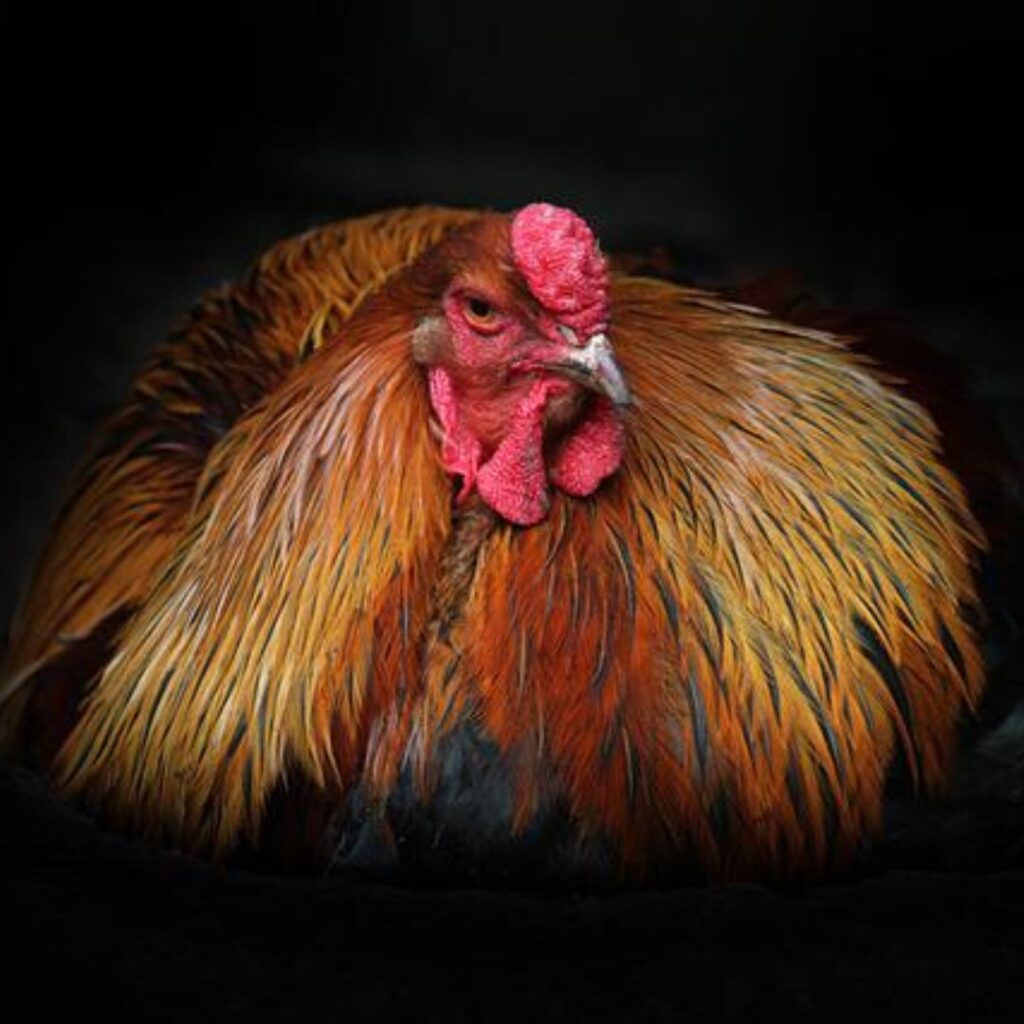
What’s the history of the breed?
The Brahma chicken breed is a very old breed that traces its ancestry back to China. They were imported from the Chinese port of Shanghai, and while much of their development took place in the United States, they can also be found in other parts of the world.
Judges first recognized Brahma chickens at a meeting in Massachusetts in 1852, and they were given the name Brahmaputra. The name was later shortened to Brahma. They became the primary meat chicken of the US from the 1840s until the 1930s. Both the light and dark variants were included in the first American Poultry Association Standard of Perfection in 1874. The buff variant was added by the APA approximately 50 years later.
Brahmas are considered a heritage breed and are not as common as they once were. However, they remain a popular choice for those who want a large chicken capable of laying plenty of eggs.
According to the Livestock Conservancy:
” Early Brahma chickens were first shipped to America and then to England. This breed, together with the Cochin, fueled what became known as “Hen Fever” – a national obsession for poultry that hit both America and England around 1850.”
Livestock Conservancy
Why Brahma Roosters and Hens are well-known homestead chickens.
The Brahma Rooster and his hens are popular homestead poultry birds because they are dual-purpose. They are good egg layers and can also be used for meat production. The Giant Brahma Rooster and his ladies are also very docile birds, which makes them good pets. Their size is a deterrent to predators like hawks, and they are also extremely hardy in harsh winters.
Take all those great qualities and add in that the hens can be known to go broody, making them a good choice for a sustainable flock with no need for an incubator in your budget.
The appearance and characteristics of The Brahma Rooster Vs Hen
The Brahma chicken is a large, impressive bird known for its great size and strength. These birds are often referred to as the “King of All Poultry” due to their impressive stature. Brahmas mature slowly, taking up to two years to reach their full size. They have a broad, wide head with a skull that protrudes over their eyes. Their eyes are reddish-brown, and their ears are red with black earlobes. They have a pea comb and yellow beak, and their shanks and toes are feathered over their yellow skin. They have dense down in all sections of their body, which gives them a smooth, fitting plumage. Brahmas are considered gentle giants and make excellent pets or farm animals.
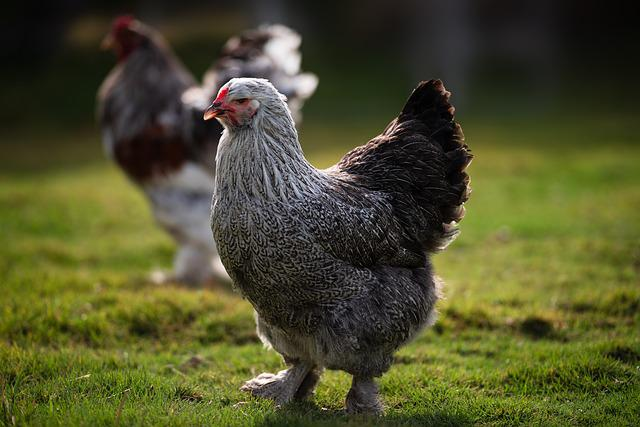
Breed Variations/ Feather Colors
There are three recognized color varieties when it comes to Brahma chickens. These are:
Light Brahma Chickens
The Light Brahma is a beautiful bird with creamy white feathers and a light brown undertone. Light Brahmas often have a few black spots on their heads, but these are not always present.
Light Brahma Chicks
Light Brahma baby chicks are mostly smokey greyish mixed with the yellow standard color on their bodies and mostly yellow colored on their heads and light colored feathers on their legs and feet.
Dark Brahma Chickens
The Dark Brahmas chickens have dark feathers that can be almost black or deep brown. The dark Brahma variety often has light markings on their heads and necks that can be very striking against their dark plumage.
Dark Brahma Chicks
Dark Brahma chicks are a deep smokey grey, almost charcoal all over with yellow mixed in. Adorable balls off dark fluff with light to greyish feathered legs and feet.
Buff Brahma Chickens
The Buff Brahma has light golden feathers with a pale brown undertone. They often have darker markings on their heads and necks that can be very striking against their light plumage.
Buff Brahma Chicks
I like to call these the calico-colored baby chicks, a medium to dark greyish down on the backs and up the head, wrapping almost like a tuxedo vest to the chest. A creamy yellow covers the rest of their body, right down their legs to their feet; their face is a rich golden color making their dark eyes stand out.
The three varieties differ quite a bit and are easily recognized by their beautiful feathers and patterns.
All three varieties of the Brahma chicken are excellent layers of eggs, producing around 150-200 eggs per year. Their medium brown egg size is perfect for most families. They are also good dual-purpose (egg and meat) birds, which can be raised for meat and eggs. They are typically docile birds that make great family pets and are known for being calm and friendly around people.
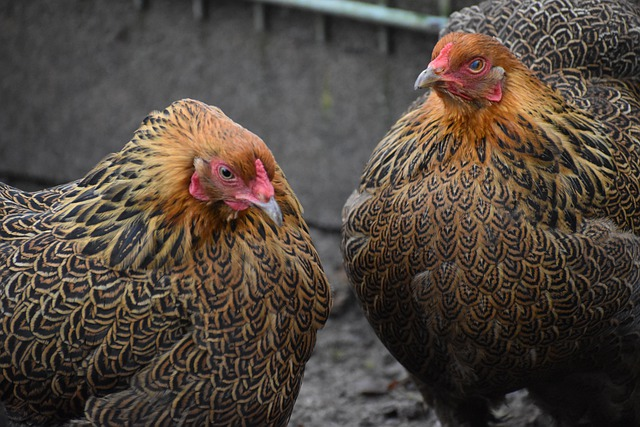
Tips on how to care for Brahma Chickens.
Brahmas are a large breed of chicken that requires plenty of space inside their coop and run. The chicken coop should be secure from predators and provide adequate shelter from the elements. Chickens also need fresh water, food daily, and occasional treats. Brahmas need a dust bath once in a while to keep them healthy and looking beautiful.
Brahma chickens will do well on a diet of layer feed with 16% protein. Supplement this with a calcium supplement to ensure strong eggshells. Provide clean water daily.
Brahmas may enjoy some scratch grains (which can be mixed with oyster shells to promote strong egg shells) or treats like fresh fruit or vegetables.
Feeding to Treat ratio should always remain at 90/10 (90% nutritionally balanced grains and 10% treats)
Brahma; Egg Production
How many eggs do the Brahmas lay in a year?
Brahmas chickens lay around 200 eggs a year. However, the number of eggs can vary depending on the hen’s age and health.
Find Out More About How Long Chickens Lay Eggs here.
What color and size are the eggs from Brahma Hen?
Hens lay a medium-large brown egg.
Find out about Blue Egg layer hens like the Araucana and Ameraucana.
How long does it take a Brahma hen to lay eggs?
A Brahma Hen will typically start laying eggs when they’re 6 or 7 months old. However, it can take up to 12 months for her to start laying, especially if she’s a large hen or reaches maturity over the cold weather months.
How many eggs per week does a Brahma chicken lay?
Brahmas usually lay about 4 -5 eggs a week (averages to about an egg every other day), but this can vary depending on the hen’s age and health. This precious egg layer made it to the list of top egg layers.
Care of the eggs
Collect eggs from your Brahmas daily. You won’t need to wash them, but keep them in a cool corner of your kitchen counter and wash them before using.
You can read more on how to clean your freshly laid eggs here.
The Chicken Coop
Brahmas are big birds, so you’ll want to be sure to have adequate space in your coop to accommodate them. A sturdy coop with plenty of ventilation is essential. Brahmas need a place to roost, sleep, and lay eggs. Additionally, you will need to provide a source of fresh water and food.
Space – A coop for Brahma should provide at least four square ft per bird inside.
Perch – A perch is a vital element of a chicken’s home, providing them with a place to rest their heads and sleep. The perch should be around ten to twelve inches long so that your large Brahma has enough room. It is also important that the perch is sturdy so the chicken doesn’t fall off it.
Nesting box – You’ll want to provide a nesting box for every four hens. Brahma is a large breed of chicken with a female weighing up to 8 pounds. For this reason, it’s important to provide her with a large nesting box, at least 14×14 inches in size. The nesting area should also have plenty of extra bedding so the hen can lay her eggs without breaking them.

The Chicken Run
Large birds should have access to plenty of food and water, and you may need to add additional feeders or waterers to your areas. They also need enough space to roam, so a large yard or farm is ideal.
Space – Run Space or pen area should be less than 10 – 15 sqft per chicken. Otherwise, they tend to get moody and peck at one another, causing problems with your entire flock.
Shelter from elements – An outdoor run should have an area safe from outdoor elements like rain and falling snow. You can provide this by using a tarp, or even a piece of wood leaned at an angle. This covered section allows the birds to go outside but underneath an area where they are protected.
Fencing height – These birds aren’t prone to flying much; however, the purpose of the run is also to keep predators out. A standard six-foot-high fenced-in area should be good enough.
You may need to add hardware cloth to the top of your run area if you live in an area frequented by hawks, like ours. Brahma’s are large enough to be a deterrent, but not until they are fully matured and large enough to look ominous to a hawk.
Dust Bath – These can be indoors or out, but we prefer outdoor chicken dust baths. These are simply places you provide for a dry dirt/sandy area where your flock can clean their feathers. This process allows them to rid themselves of lice and mites. A ‘buggy bird’ is not healthy and can quickly lead to serious flock problems. We like to add products like diatomaceous earth and dried herbs as well. Dust baths are practical and beneficial for your flock.
You can read much more about creating your own chicken dust bath over here.
Free-Range and Foraging
Brahma hens and roosters are very versatile when it comes to free ranging. They can forage in open areas as well as wooded areas. They will scratch through the leaves and underbrush to find insects and other food sources. This makes them an excellent choice for free ranging in various habitats. Keep in mind to leave their coop or outdoor run space with an open door, so they have a safe way to come home.

Cold Hardy
Brahma are cold hardy breeds that can withstand the cooler temperatures very well. They have feathers all over their bodies, including their feet, which help keep them warm. Additionally, they are a large breed of chicken, so they have a lot of body mass to help keep them warm in cold climates.
Coop Prep – To prepare your chicken coop for winter’s cold weather, make sure the coop is well-ventilated to reduce moisture and has plenty of bedding to keep the chickens warm. Check for areas that require patching before winter starts, preventing cold, windy drafts.
Waterers – Most chicken keepers know that during winter’s cold months, it is important to provide fresh water to their flock more often than usual. Water can quickly freeze, making it unavailable to the bird. There are different ways to stay on top of this, including using heated waterers or bowl warmers. These can be a bit pricey. However, they’re a worthwhile investment for many chicken keepers, especially if you are busy or working and can’t change water throughout the day.
Frostbite – If you have a Brahma chicken, it is vital to take extra care in the wintertime to prevent them from getting frostbite. Brahma have feathered legs and feet, making them more susceptible to frostbite if wet. Additionally, the combs and wattles on a Brahma rooster are much larger than those on a hen, which have a small pea comb and more vulnerable to frostbite.
To help prevent frostbite, make sure your coop is well-insulated and draft-free. You can also give your birds a light coat of petroleum jelly or try Musher’s Secret Dog Paw Wax to help protect them from the cold. If you live where the temperature regularly falls below freezing, it is important to take extra steps to keep your flock happy, safe, and healthy.
Winter Run Prep – To properly prepare your outdoor run for winter with Brahma Chickens, there are a few steps you will want to take. The most important is ensuring that the run is covered and has adequate shelter from the elements. This can be done by erecting a cover or using an existing structure, such as a barn or shed. If you cannot provide shelter for your birds, they may become wet and cold, leading to frostbite and other health issues.
Another important element is to be sure the run is shoveled regularly. This will help keep the area clear of snow and ice; This will help your Brahma chickens keep their feathered feet dry.
Winter Treats – Chickens enjoy treats just like people do, and many different types of treats can be fed to them during the winter. Warm cooked grains, like oatmeal with fruit or brown rice, are a great option, as are cooked fruits and vegetables. Mash up some cooked carrots or yams, and watch your chickens gobble them up! Another tasty option is warm apple sauce or cooked apples – your chickens will love it!
Just keep the number of treats you feed your chickens to 10% or less of their daily diet, so they don’t fill up on treats and miss out on the essential nutrients they need.
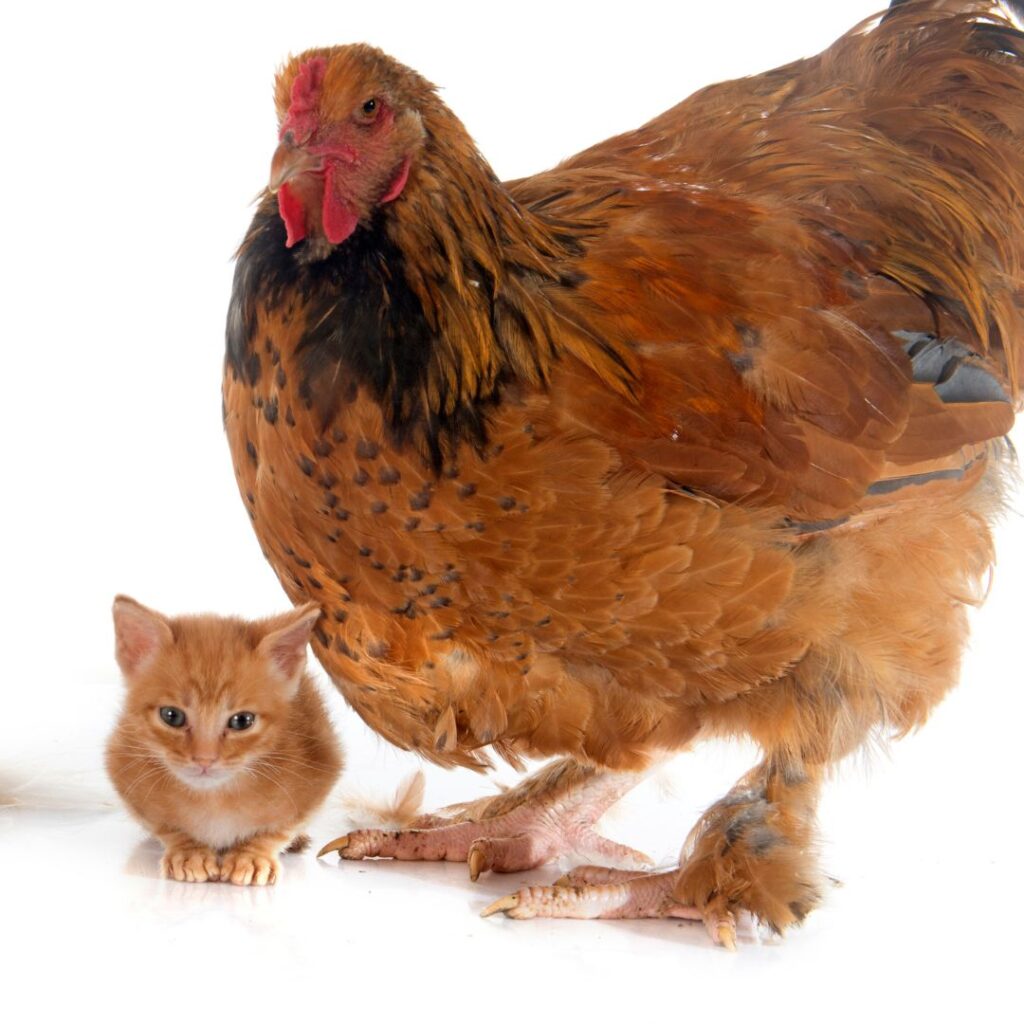
Heat Tolerant
Brahmas are adaptable to most climates, including hot weather. While they might not be as heat tolerant as some other breeds, they can still thrive in warmer temperatures with extra care. With some extra care, your Brahma chickens will be happy and healthy no matter what the weather throws their way!
Coop Prep – When preparing your chicken coop for the hot weather, you will want to ensure that they have plenty of shade and ventilation. You can provide shade by adding a canopy or lean-to to your coop or planting trees nearby. You can provide ventilation by installing exhaust fans in your coop. However, a less expensive option is to keep the coop doors open while keeping them secure. Installing screen doors are a more affordable way to do this. Be sure their bedding is kept dry by cleaning out your coop more frequently than you would in the winter.
Waterers – Chickens need fresh, cool water all year round, especially during the summer. In the summer, the sun can heat water quickly, making it less appealing to drink. Water needs to be changed frequently to keep it cool and fresh.
This can be a pain; one way to help is to add ice cubes to the waterers and even put a bowl of ice out as extra assurance. As it melts, the chickens can wet their beaks and get a drink.
Treats – You can give your chickens many different types of summer treats. These include watermelon, cantaloupe, corn on the cob, and frozen fruit and vegetable scraps.
Watermelon is a great summer treat because it hydrates and cools. The chickens will enjoy picking the fruit and trying to get the seeds out.
Cantaloupe is also a good choice for a summer treat. It is hydrating and cooling, and the chickens will enjoy picking at it and trying to get the seeds out.
Corn on the cob is another summer treat for chickens. They will enjoy picking at the corn and trying to get the kernels off the cob.
Freeze fruit and vegetable scraps in a container of water. This is an excellent choice for a summer treat. The chickens will enjoy pecking at the frozen treats and trying to get them out of the ice.
How are the Brahma with other Chicken Breeds?
The Brahmas are generally considered a friendly breed of chicken and get along well with other breeds. They are a good choice for those who keep backyard flocks, as they are relatively docile and not as aggressive as some of the other chicken breeds. There are only a few breeds that are similar in size.
However, being large, it’s advised not to have your rooster with smaller breed hens as they could unintentionally cause harm to your smaller hens.
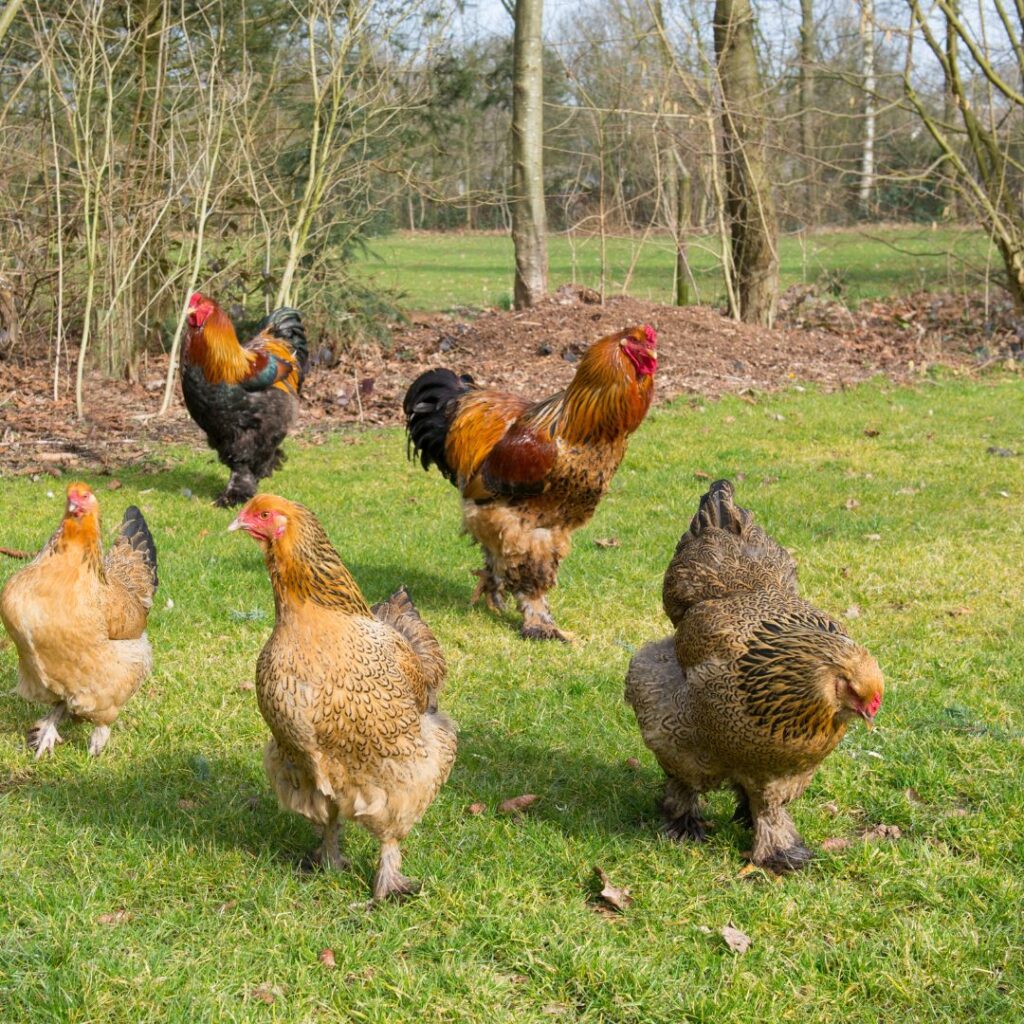
How are the Brahma chickens being handled by people and with children?
Brahma chickens are popular as pet chickens because of their gentle and docile nature. They usually do not mind being handled, making them an excellent choice for families with children. In addition, Brahma chickens are known for being safe around kids, which makes them even more ideal as pets. Many enjoy having these chickens as part of their family and become very attached to them. If you are looking for pet chickens that will be calm and gentle, a Brahma chicken may be the perfect choice for you.
Brahma rooster temperament
This perfect gentleman is large enough to scare off predators but gentle and attentive with his ladies; the Brahmin rooster is also known to be a kind, caring chicken daddy. Read more about roosters here.
Potential Health Issues of The Brahma chicken
The Brahma chicken is known for being a strong and sturdy breed. However, this does not mean that they are immune to disease. Brahma can get sick with anything a regular chicken can get sick with. This includes respiratory infections, parasites, and even salmonella.
To keep your Brahma chickens healthy, you should make daily health checks. This means checking their feathers, eyes, beaks, and legs for abnormalities. You should also check their droppings for signs of illness or parasites.
In addition to making daily health checks, you should keep the coop clean. This means removing any droppings or soiled bedding regularly. And be sure to disinfect the coop every few weeks.
Finally, you should feed your Brahma chickens a healthy diet. This means providing them with plenty of fresh fruits and vegetables and protein-rich foods like insects, worms, and meat.
Life Expectancy of a Brahma Chicken
The average life expectancy of the Brahma chicken is similar to other chickens. Considering their size, this is a good and decent life lived.
There are reports of some living up to 14 years!
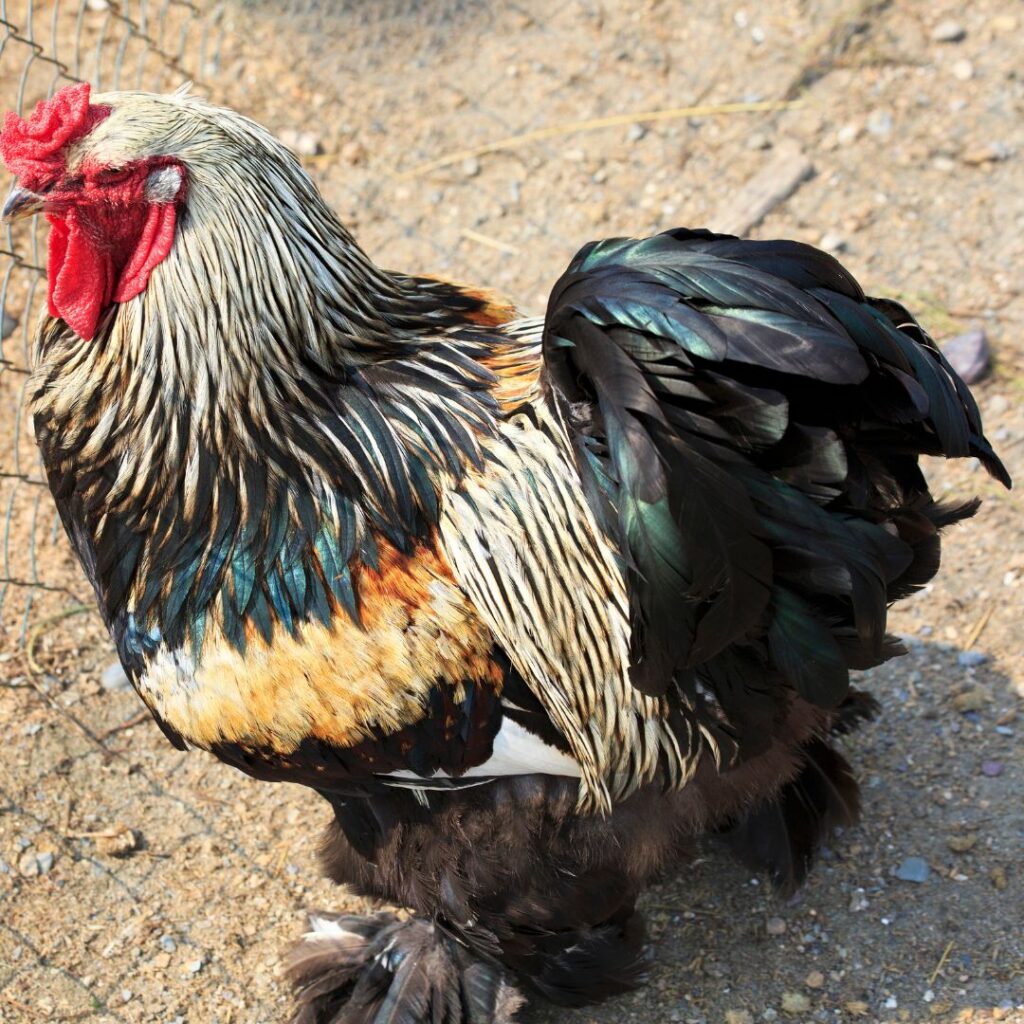
Is The Brahma chicken For You?
If you’re looking for a chicken that’s big on personality but won’t break the bank, the Brahma might be the perfect breed for you. These gentle giants are known for their docile nature, making them excellent additions to any flock. And despite their size, they’re pretty calm and easy to handle. In addition to their great personality, Brahma chickens are also remarkably consistent layers of large brown eggs. Fortunately they are such a well loved and diverse breed that you can find Brahma chicks for sale at almost any U.S. hatchery.
So whether you’re looking for a fun pet or a productive member of your egg-laying operation, the Brahma chicken is worth considering. Be sure to have plenty of space, as large birds, known as the King of Chickens will need it.
If you are new to keeping chickens, read our guide for beginners.
For those looking for a small ornamental chicken to start your hobby flock, check out our articles on the Silver and Golden Sebright Chickens and the Mille Fleur D’Uccle Chickens.

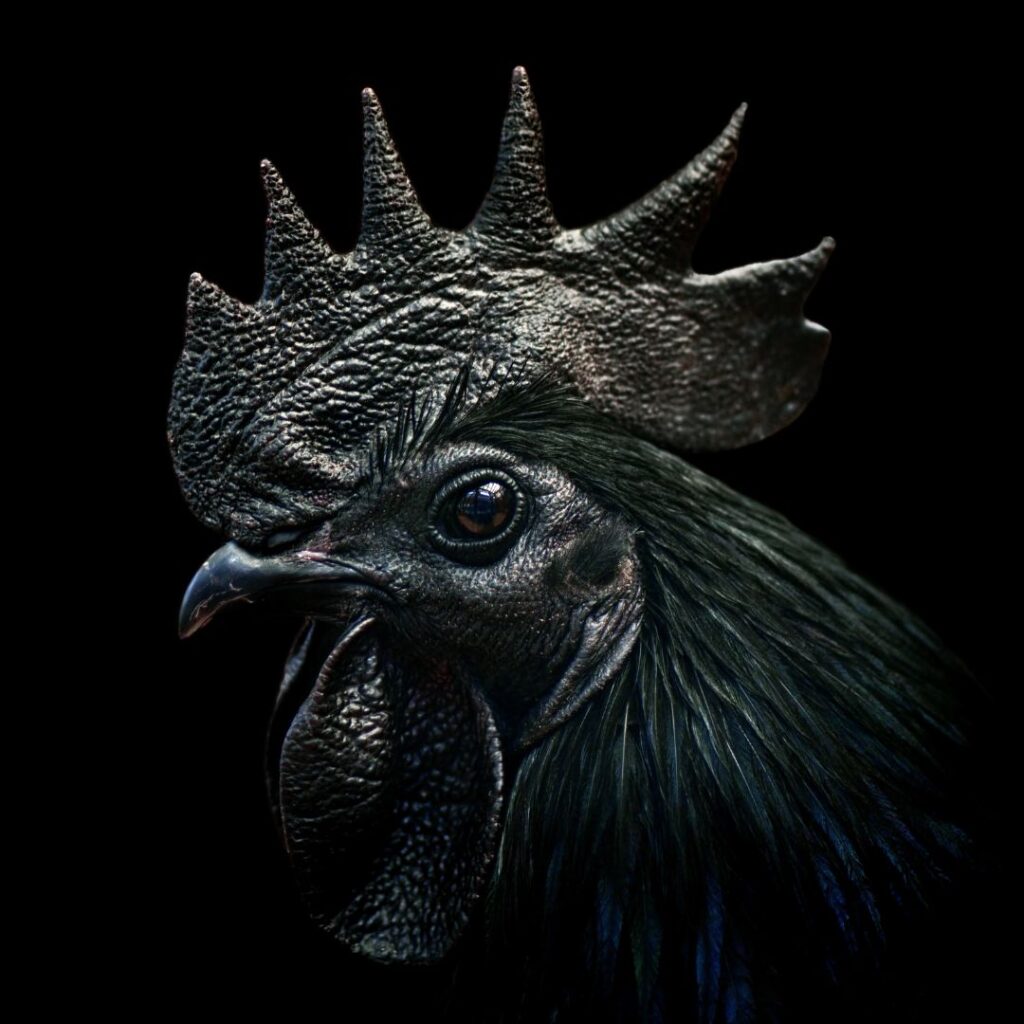
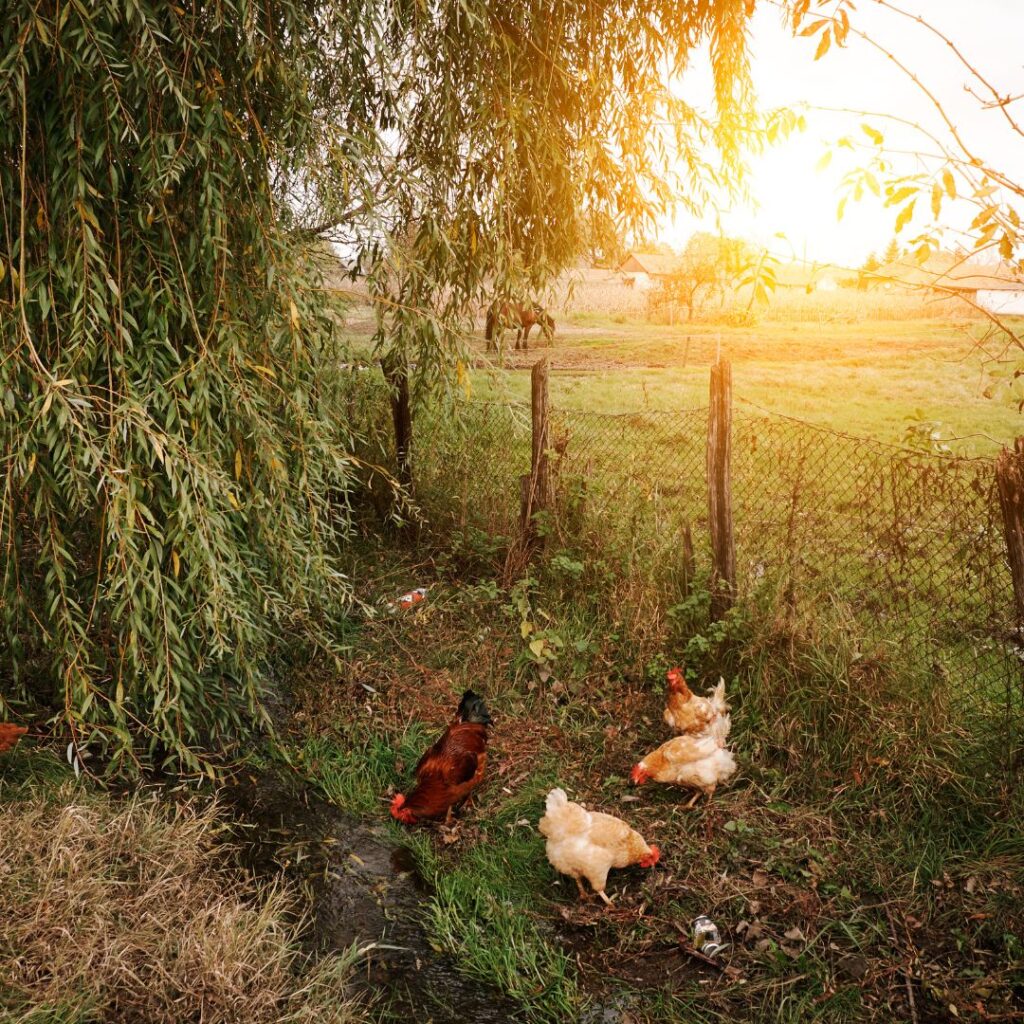

Pingback: Cochin Chickens: What To Know - Gilmore's
Pingback: 18 Cold Hardy Chicken Breeds For Harsh Winters - Gilmore's
Pingback: Cornish Chickens: A sweet Heritage Breed - Gilmore's